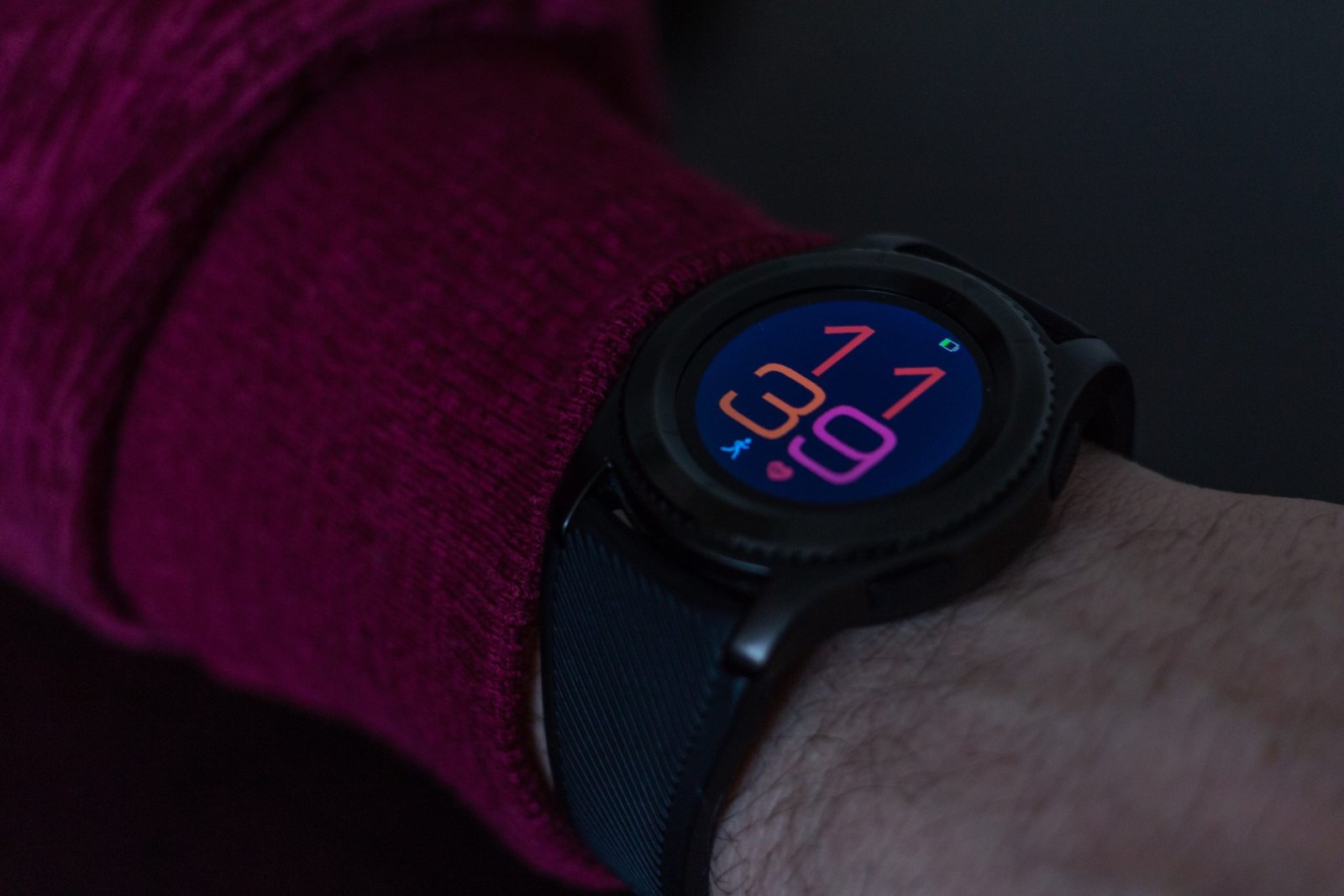
by Dr Neha | Jan 27, 2021 | All
Although Christmas is traditionally a time for indulgence and feasting, studies have shown that with a few simple tips it is possible to limit weight gain and even lose excess weight. Of course, the holidays bring with it weight gain, but what about the rest of the year?
Previous research has shown that the holiday season is the time when people gain extra pounds, and because people do not tend to lose weight after the holidays, it can contribute to the obesity epidemic. Since weight tends not to be lost after Christmas and will add up over the decades, the research team wanted to explore tactics to prevent weight gain in the first place.
According to a study published in the New England Journal of Medicine, the average weight gain on vacation is five pounds, or about 1.5 pounds a week. The study, which followed men and women of different height, found that less than 10 percent of the subjects actually gained five pounds.
While you may enjoy richer foods and more sweets than usual, experts say you shouldn’t worry too much about the pounds.
When you stop losing weight so quickly, it’s time to take a break and recalculate your need to keep working towards a healthy weight when you’re ready to get up again. One of the reasons many people can’t get up after losing 10 to 15 pounds is that they don’t realize that their daily calorie goals need to be adjusted.
Count Your Calories
Remember, once you start losing weight, you need to adjust your energy requirements and move to a lower-calorie level to lose weight and keep losing. Just because the numbers on the scales have not changed doesn’t mean you’re not losing weight. Reduce your calorie intake by tracking what you eat every day, reducing portion sizes, and eliminating calorie-rich options from your diet. If you lose 10 to 15 pounds, you lose 10 to 15 percent of your daily calories in the first week or two. While it may sound tedious, counting your calories is the absolute best thing you can do to stay on track, and it’s also one of the most effective.
A medical study has shown that monitoring your daily intake can help to double the amount of weight you lose and that it is even more effective than diets.
This unwanted extra weight is relatively easy to manage, as we tend to drink much less when it’s not the holidays. The problem is that even at reasonable levels, it is enough to put on a whopping 3-4 lbs in a week. You can get 1500 to 2000 calories in a day, which, if you line it up, doesn’t really look that much. You need to produce a deficit of about 500 calories per day for the next 3-4 weeks before your shift. That would be a kind of energy flash, and you would drop those extra pounds in a few days instead of weeks. The study suggests that self-control can prevent weight gain and even promote weight loss. For more than a year, members of the National Weight Control Registry maintained their daily weight – aiming to lose 1.5 pounds a week. Among those who participated in the Diabetes Prevention Program, those who followed their daily intake of fruits, vegetables, nuts, and fruits and vegetables lost 2.2 pounds per week, while other participants gained weight. Healthy eating always proves to be an important factor in losing holiday weight.
Exercise For The Extra Weight
Exercise is the safest way for a healthy weight loss by burning those extra calories. Exercises speed the fat burning process when teamed up with a balanced diet. However, it is the time of the new year and new resolutions so people tend to go hard on that gym membership. It is advised to take it slow. Rather, you can opt for morning jogs with your family or even other fun physical activity like Hoola-hooping, cycling, etc. You can always ask the other person to keep you motivated if you feel like you can’t do it alone.
Beware Of The Fake
After months of shoveling holiday goodies into your face, it’s time to try out the quick weight loss programs you can find online to fulfill your New Year’s resolutions. Unfortunately, many of the many weight loss methods that appear at this time of year are fake – and they’re not for you. Many people who try to lose weight over the holidays risk losing too much weight too quickly due to their lack of self-control. This can lead to a variety of health problems, including weakened immune systems, high blood pressure, heart disease, diabetes, and high cholesterol, to name a few.
There have been a few supplements in the markets nowadays that promise to help you lose that extra weight. This ranges from edible nutritional supplements to body shapewear for both male and female physiological body. This apparel can be worn under everyday clothes. They claim to increase sweating during exercise, helping in belly fat burning. However, one is advised to do proper research before being a consumer of such products, as most of the times these are a hoax.
Holidays are supposed to be fun with family and friends. You won’t be discouraged from having that fun by being advised to eat less of that pie or the turkey (If you can do it, it’s perfect!). But once the holidays are over, you must realize the importance of a healthy lifestyle and find ways to bring that back into your regular life without going too hard on yourself.
How did you get back to your healthy weight in past? Let us know in the comments.

by Dr Neha | Dec 1, 2020 | All
How To Recognize Social Anxiety Disorder
Do you know what it’s like to feel uncomfortable, nervous, or shy in social situations? If you are afraid to step into a room full of strangers, you probably know that you felt uncomfortable in a social situation at some point. But some people feel so much fear and anxiety that they avoid social situations altogether, and some avoid them altogether.

Most people feel shy and anxious in certain social environments, and that is perfectly normal, but for some people, it can be a little more extreme. Some people may find social situations stressful for a while, until fear sets in when others do something in public. This leads to a tendency not to go out at night, where one might be in a social situation.
Social anxiety disorder (SAD), also known as social phobia and a mental disorder so common, is characterized by social performance situations in which humiliation and embarrassment can occur. It is normal to feel fear in social situations. However normal anxiety transforms into a social one when it causes significant subjective distress and/or impairment in an individual. It often prevents people from having normal friendships, interactions, and romantic relationships and can prevent them from functioning in everyday life such as work and school.
Psychologists have categorized two types of anxiety.
- Trait Anxiety
- State Anxiety
While social anxiety is often confused with shyness, there is much more to anxiety disorders than shyness. Today I will answer what a social anxiety disorder is and what ways you can help deal with these problems every day.
There are physical symptoms associated with social anxiety disorder, and these symptoms vary in intensity and severity. This article provides a brief overview of social anxiety disorder, including symptoms, diagnosis, as well as a list of treatment options.
Symptoms
The common anxiety symptoms can be divided into two main categories.
Tremors, Restlessness, Muscle Twitches, Fearful facial expressions, Palpitations, Tachycardia, Sweating, Flushes, Dyspnoea, Hyperventilation, Constriction in the chest, Dry mouth, Dizziness, Diarrhea, Mydriasis
Poor Concentration, Hyper Arousal, Derealisation, Fearfulness, inability to relax, Irritability, Feeling of impending doom, Insomnia, Increased sensitivity to noise, Exaggerated startle response
Many people with social phobia do everything they can to avoid social situations because they are afraid of their actions being viewed by others critically, resulting in embarrassment or humiliation.
In some people, the physical symptoms can become so severe that they escalate into outright panic attacks. Unlike panic disorders, however, people with SAD are known to panic from social performance situations such as social media posts and social events.

People with SAD are afraid of certain social situations because they are afraid of negative judgment, embarrassment, or rejection. They have both distorted self-images and negative self-images. They may feel anxious, blushing, or shaking, or they may think themselves clumsy or unintelligent. If the anxiety is intense, it affects their work or private life and lasts for at least 6 months. SAD may also refer to a condition where anxiety is not common when you are making a presentation or going on a date.
People with the condition are also troubled by negative thoughts and self-doubt when it comes to situations related to social achievement. The intense fear of judgment and rejection in social situations makes the affected person fear to appear socially anxious, which increases their symptoms. Those who suffer from social anxiety disorder are judged daily and judged negatively.
Most people suffering from this disorder depend on avoidance to manage their fears and anxieties. As long as they find ways to limit their lives within the limitations imposed by the phobias, they experience little, if any anxiety. When they are forced to face phobic situations, anxiety mounts leading them to seek treatment.
If you think you have social anxiety, the most effective thing to do is to help you cope with it, seek professional help. Sufferers of social anxiety have negative thoughts and beliefs that contribute to their anxiety and anxiety. Challenging these negative thoughts is an effective way to reduce the symptoms of social anxiety.
Treatment
People who tend to avoid social situations because of unhelpful thought patterns that make them more anxious can benefit from behavioral therapy, which provides helpful ways to change these habits and patterns. This kind of therapy is usually successful. Some of these techniques are –
– Flooding
– Systematic desensitization
– Exposure and Response Prevention
– Relaxation Techniques
There are also drug treatments available for severe cases.
Benzodiazepines
Benzodiazepines are useful in reducing anticipatory anxiety. Alprazolam is stated to have anti-phobic, anti-panic and anti-anxiety properties. So, it is the drug of choice when benzodiazepines are used. The other drugs include clonazepam and diazepam.

Antidepressants
Among the antidepressants, SSRIs are currently the drug of choice, paroxetine being the most widely used. Others, such as fluoxetine and sertraline are also effective.
People with social anxiety may find it particularly difficult to seek help because they have to interact with someone in a social situation with a mentally ill person. But it is important to remember that mental health professionals understand what you are worried about and how to talk to you.
In a way, social anxiety disorder goes beyond everyday shyness and can be extremely debilitating. Almost everything that involves social interaction is extremely stressful for someone with social anxiety. If severe anxiety begins to affect your daily social life and you no longer participate in social events you used to enjoy, you may suffer from social phobia. Many people with social anxiety also have other mental health issues, such as depression, generalized anxiety disorder, or panic disorder.
Support
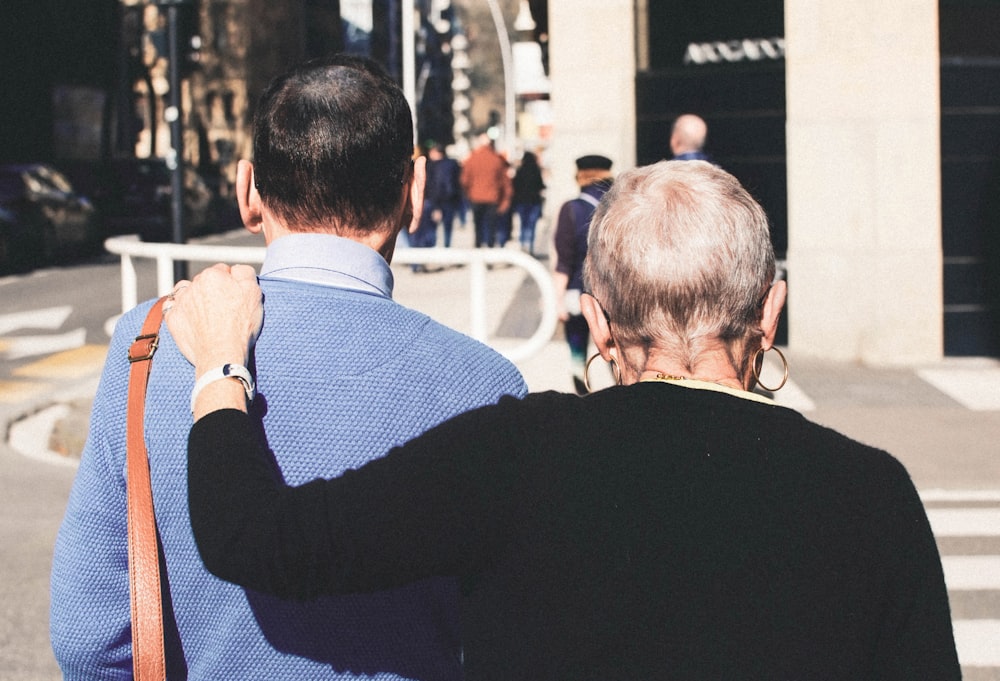
Here’s a short and sweet list of what you can say to support and help your peers suffering from SAD –
– “You seem really anxious. What can I do to help? ”
– ” It’s okay if you’re not ready yet, I respect you.”
– ” I will go with you if it’s too scary.”
– ” Describe what you’re feeling, I am listening.”-
– “You did so well. I am proud of you for trying.”
– “It’s not your fault and I completely understand.”
Lastly, sharing a warning coming from our professor on the first day of college; Never self-diagnose yourself. You may feel that you check all the boxes of symptoms and hence may feel the need to check the boxes of treatment. But you should always refrain from doing so. Always ask for help from the professionals.
Did this article help you? Let us know in the comments section. For more such articles, click here!

by Dr Neha | Nov 13, 2020 | All, Body, Health
Back Pain is a horror that almost everyone has to go through. The remedies for it are sometimes easy and quick. The pain also causes back stiffness which leads to reduced movement and difficulty standing straight. But we are rarely aware of what causes it to kill the problem at its roots. The causes majorly revolve around our ways of personal health care; some of which we are responsible for and others are out of our hands. Some of these pain causes are
treatable easily and some others prove to be red flags for other severe ailments.
Back Pain, How Is It Caused?
Some of the most common causes of a bad back are listed in this list, but there are many more, that are due to many other conditions, such as spinal spondylosis, ankylosing spondylitis, osteoarthritis, rheumatoid arthritis, spinal injury, and spinal muscular atrophy. according to the National Institute of Neurological Disorders and Stroke, which is a part of the U.S. National
Institutes of Health (NIH).
Cancer
Back pain is also a symptom of cancer such as spinal, colorectal, and ovarian cancer. If there is a known cancer diagnosis that can be related to the low back pain, such as tumors, should be examined for possible metastases of the spine. Occasionally tumors start in the back and appear as tumors that have spread elsewhere in the body.
Obesity

Obesity is one of the major risk factors for low back pain. Obese people tend to have low back pain due to their increased weight gain, high blood pressure, diabetes, and high cholesterol. The excess weight pushes the pelvis forward and hence puts the strain due to the weight of the upper body on the lower back, leading to you experiencing mild to severe pain in that area.
Central Sensitization
Pain itself also affects the way the central nervous system works. Hence the patient eventually becomes more sensitive and experience more pain even when being minimally provocative. It is termed ‘central sensitization’ because it includes changes in the nervous system, especially the brain and the cord (spinal). Sensitized patients are not only sensitive to things that could
actually hurt but even sensitive to the normal touch and pressure-related activities. They experience chronic pain in echoes, which means it is amplified and fades very slowly than in regular patients.
Spinal Conditions
The shape of the spine and a spinal disease are other causes of back pain. Spinal arthrosis causes bone spurs, and spinal stenosis occurs when a spinal disc in the lower back is damaged by spinal cord injury or spinal muscular dystrophy. Lumbar spine stenosis is more common in older adults, especially in people with a history of spinal degeneration or spondylosis, but it can
also occur in young adults and people with other diseases. Kyphosis is another spinal disorder in which the spine has an excessive outward curve; it can mostly be seen in adolescents.
Mechanical pain in the lower back can be defined as pain caused by a fracture of the spine. Lower pain can be related to ligaments in the spine (intervertebral discs, spinal cord, nerves, etc.). Mechanical lower back pain is usually exacerbated by sitting or standing for long periods, leaning, and prolonged activities.
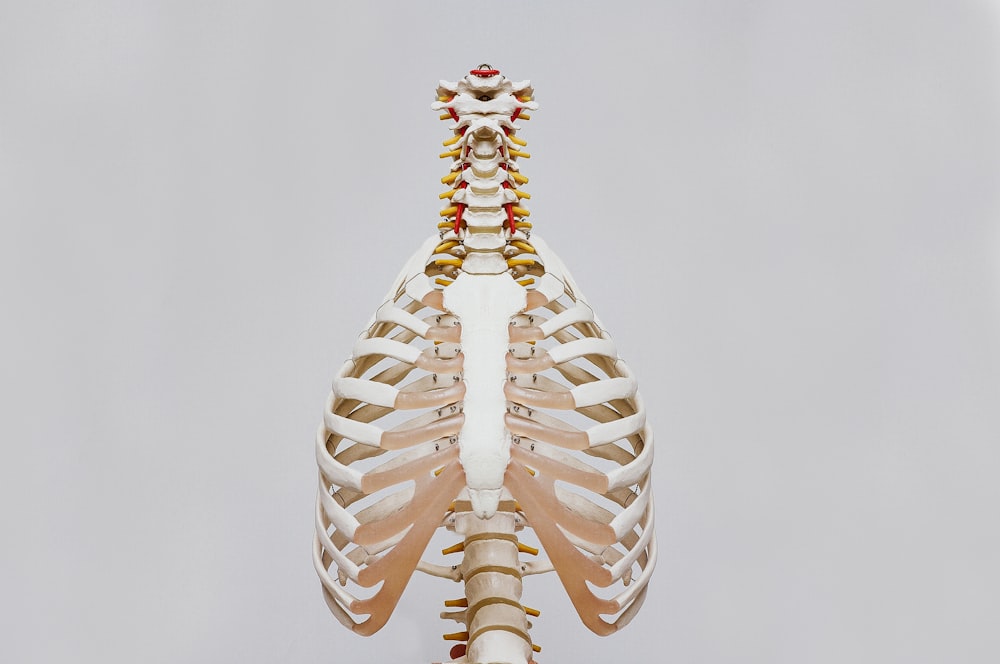
Lumbar Herniated Disc
Sometimes the jelly-like core of the lumbar disc cracks through the hard outer layer and irritates the nerve in its proximity. The herniated part of the disc is full of proteins that induce inflammation before it hits the nerve root. that inflammation, accompanied by nerve compression, triggers nerve root pain. tearing through the disc wall can also inflict pain.
Strenuous Causes
A strain is the phenomenon of wear and tear of a tendon or muscle, and a sprain is caused by overstretching or a torn ligament. This can happen when something is improperly twisted, improperly lifted or lifted too heavily, or when it is lifted improperly. Such movements can trigger cramps in the back muscles, which can also be painful.
If your work involves lifting objects, pulling heavy objects, or anything that twists your spine, it can also contribute to back pain. Sometimes it also can be related to a protrusion or rupture of the intervertebral disc, and when the disc bursts, the pain can extend from the buttocks to the leg. If you have a poor posture or are sitting in a chair all day with insufficient back support, inactive
activity, or desk work, even that can contribute to or cause it. Excessive physical activity can cause it too.
Rare Disorders
Back pain is rarely associated with a serious underlying condition, but when it does occur, the condition requires immediate medical attention. If the infection affects the intervertebral discs, it is called discitis. If the infection affects the sacroiliac joint (the joint which connects the lower spine and pelvis), it can lead to sacroiliitis, which means inflammation between the joints. In conditions like these, back pain is a major symptom. It is unusual for a back injury not to involve a bone injury such as a broken bone or a spinal cord fracture. If there are no serious, underlying ailments, back pain can be the result of a combination of many different causes, not one or two.
Back Pain, How To Cure It?
As you age, the risk of developing lower back pain increases, and the likelihood of finding the best treatment for it usually depends on the correct clinical diagnosis that identifies the cause of a patient’s symptoms.
However, as mentioned earlier, only in rare cases the back pain is a symptom of something severe. Even if the pain signals are similar to classic torture, most of the time they are shortlived and can be cured by a physical therapist. There are instances where the patient freaks out and goes to do tests like Ct scan, which proves to be an unnecessary expense later on.
In the easy and simple cases, the lower back pain is usually treated by physical therapy. The pain caused by obesity can be treated by following exercise and diet plans for weight loss. Physical fitness is the key here. In some cases, it is treated by a few sessions of physical therapy and a couple of days for the pain to fade. For more complicated cases there are specific drugs and surgery processes. A commonly used drug in these cases is Naproxen. Muscle relaxants are another category that helps in reducing the pain. However, these drugs are recommended as a solution for nonrecurring lower back pains that stay only for a short period of time.
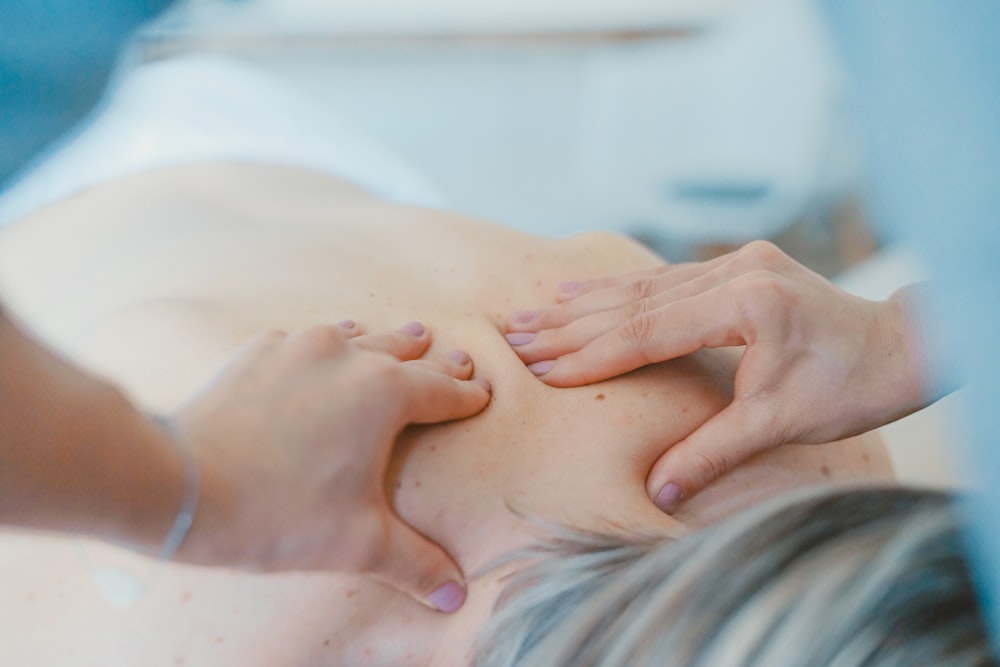
The optimal treatment of back pain usually depends on the correct clinical diagnosis, which identifies the cause of the patient’s symptoms. For example, any possible metastasis of the spine should be assessed based on a known diagnosis of spinal stenoses, such as spinal meningitis or spinal hernia.
It is always suggested to consult the physician or the doctor in case of severe pain rather than assuming the ailment by yourself (and Google!) and going forward with a treatment plan which is most likely wrong and may generate harmful side effects.
Let us know if this article helped you. Leave a topic in the comments section for me to discuss next time. For more such articles, click here!
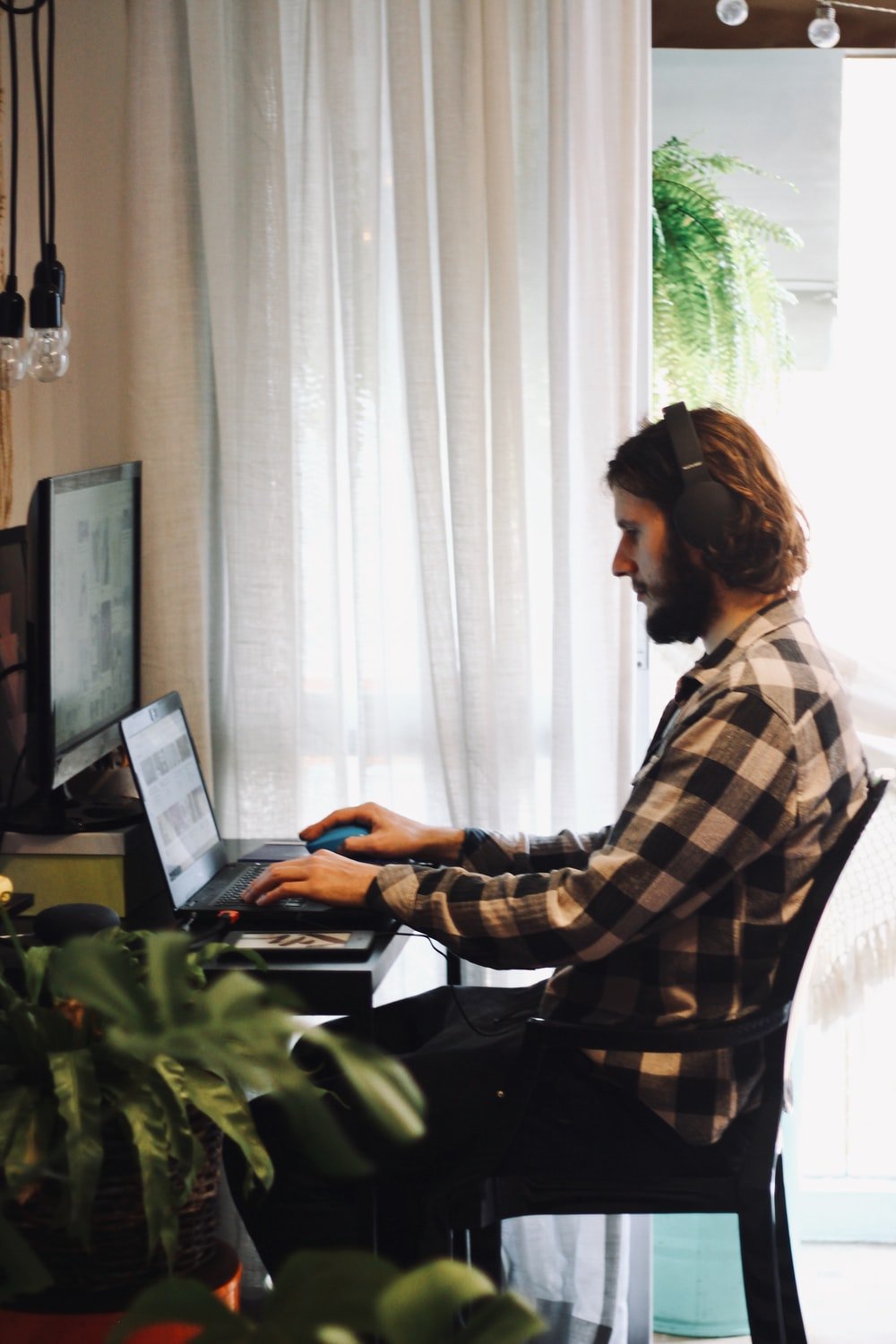
by Dr Neha | Nov 13, 2020 | All
computer Vision Syndrome, are several eye and vision-related issues due to spending in front of digital devices for a longer period of time. The common eye strain symptoms are red eyes, artificial tears, dry eye symptoms, headaches, increased sensitivity to light, etc.
If you spend most of your time in front of the computer or any other electronic devices, there are activities you can carry out to give your eyes a break and reduce the negative impact of staring at the screen. It seems that we spend eight hours a day in front of our computers, but if you work from home, this doesn’t remain limited to just eight hours.
The most important aspect is to pay attention to the eyes and give them the rest and regular breaks they need. If you have trouble turning away from work, setting a timer is a great way to remind yourself to give your eye a break. The more time you can give them the breaks and adjustments they need, the better.
There are several steps you can take to reduce the negative impact of screen-staring, such as frequent breaks, a proper workplace, wearing blue light lenses, and so on. Fortunately, some simple lifestyle changes can help protect your eyes from the negative effects of screen time. Too many screens, light, and distractions can overstrain your vision and lead to a situation that ultimately puts harmful pressure on your eyes.
Proper Sitting Postures
Maintaining a proper sitting posture while working is actually your first line of defense against eye strain. A poor posture while working can lead to eye discomfort. To prevent eye tension, try to calm your eyes while working on your computer for longer periods of time. You may not realize this, but your posture and the strain in your eyes are related.
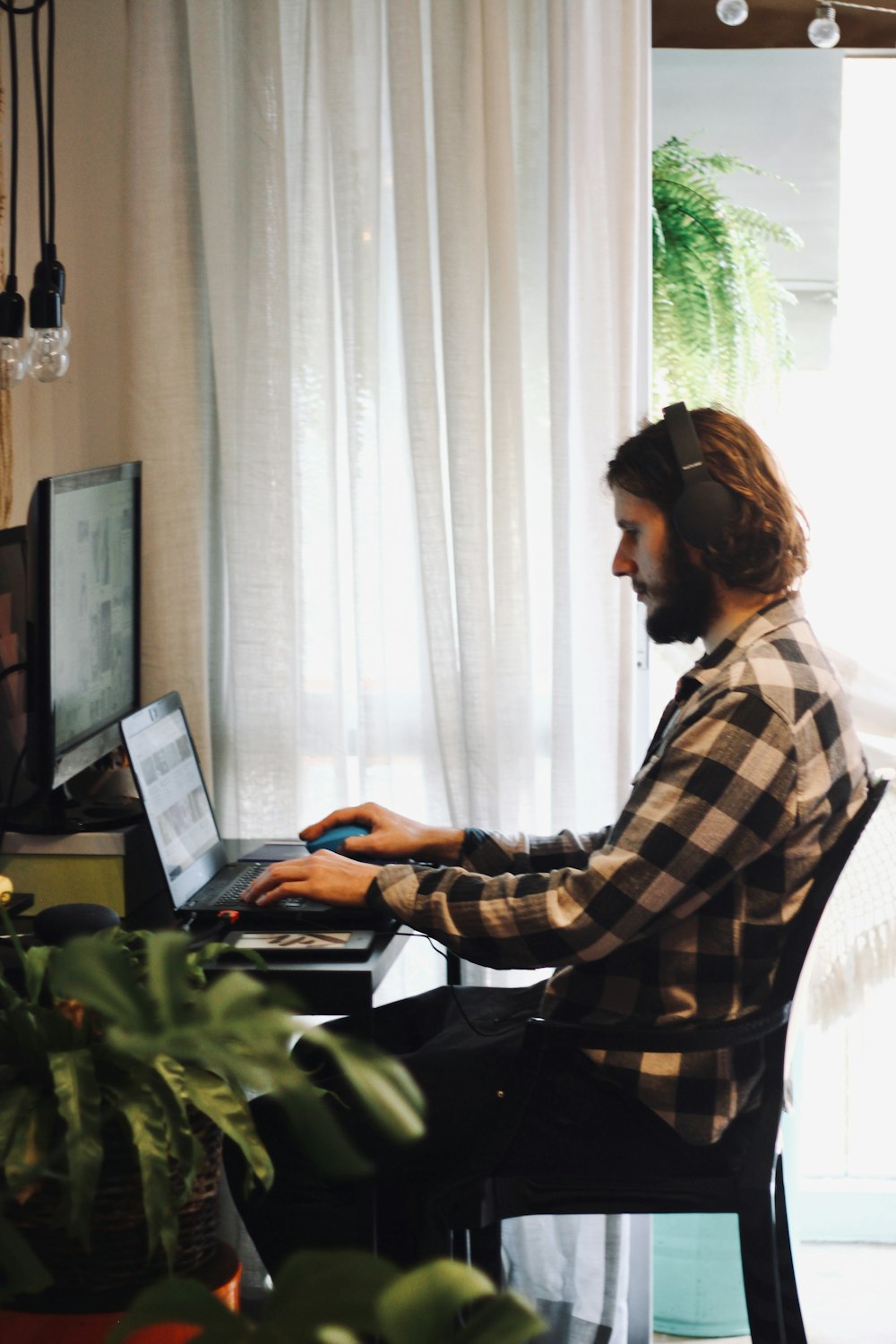
To minimize the risk of dry eyes when using your computer, make an effort to blink frequently. Look up to look away from the screen for a few seconds, and allow your eyes to refocus. Also, readjust the display settings as per the natural light or other light sources around you.
Regular eye checkups
A regular eye exam is also a good way to monitor and reduce the symptoms of Digital Eye Strain. Regular eye exams and physical examinations can help you to prevent and reduce symptoms associated with digital eye stress such as dry eyes.

Giving your eyes a break
Many people blink too little while working on computers, which can contribute to dry eyes. Try to make sure you blink more often when you look at your screen and blink less when you’re at home.
In a desk job, it is typical to stare at the screen for hours, but ophthalmologists (eye doctor) strongly recommend taking breaks to reduce eye fatigue and unnecessary eye strain. Give your eyes a break during the day by looking away from the screen and taking a walk out of the room. If your eyes are itching or irritating you, you can put eye drops in them.
Computer glasses
Computer glasses help to avoid blurred vision and computer-related headaches by optimizing vision when looking at the screen. They have an anti-reflective coating that helps eliminate reflections on the front and back of the lenses, reducing the effects of harmful blue light and giving the person some relief. There are various types of lenses used in computer glasses eg, trifocal lenses, bifocal lenses, etc.

Even if you adapt your office environment to the best light and technology to prevent eye strain, work from home can become unhealthy due to poor lighting conditions e.g, working under fluorescent tubes.
Proper Lightning Conditions
If you work from home, make sure your computer or laptop is set up correctly. Proper lighting in your working space is essential to reduce the strain on your eyes. If there is too much light in a room, whether from sunlight or indoor lighting, the pressure on the eyes can maximize the risk of causing pain and other vision problems.
20-20-20 rule
To reduce the digital eye strain, follow the 20-20-20 rule; place your eyes at least 20 feet away from your computer or laptop. Take a 20-second break every 20 minutes to look at something 20 feet away. Also, keep the screen equal to your eye level.
Looking at a computer screen or mobile phone for a long time puts pressure on the optical system, which leads to eye strain, headaches, eye pain, and other eye problems. Uncorrected vision distresses can increase the risk of eye diseases such as glaucoma, macular degeneration, retinitis pigmentosa, or cataracts. Hence watching a screen on your computer or digital device makes your eyes more susceptible to symptoms related to vision problems such as headaches and eye irritation, as well as eye fatigue and vision loss.
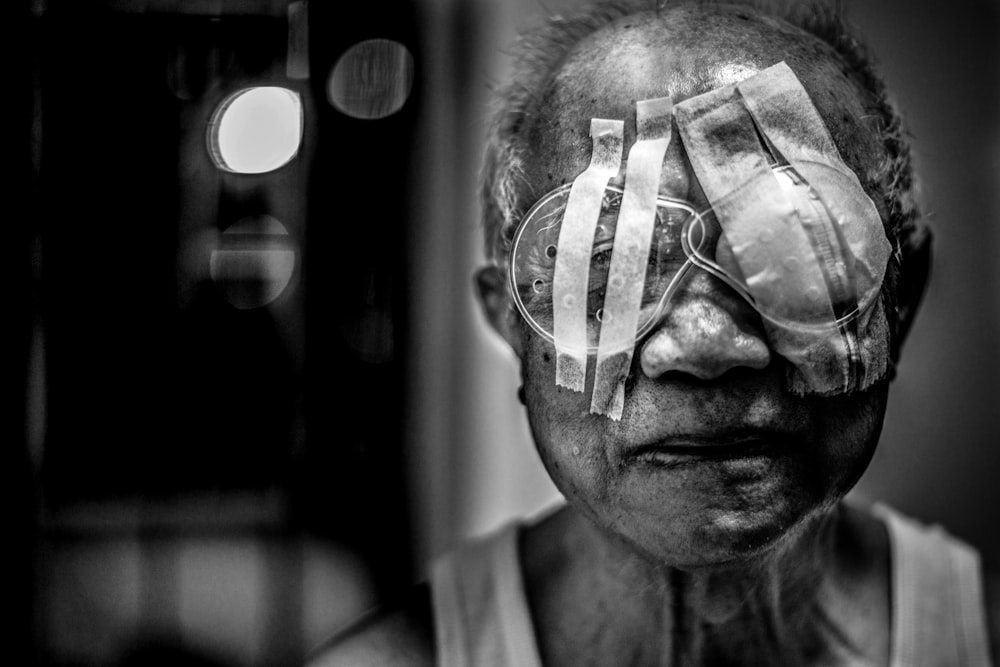
In this article, we’ve covered some of the methods that can be followed to reduce the stress on the eyes while working on the screen. Comment or let us know if you have tried something else that helps. Look into this space for more eye health tips.
For more such articles, click here!
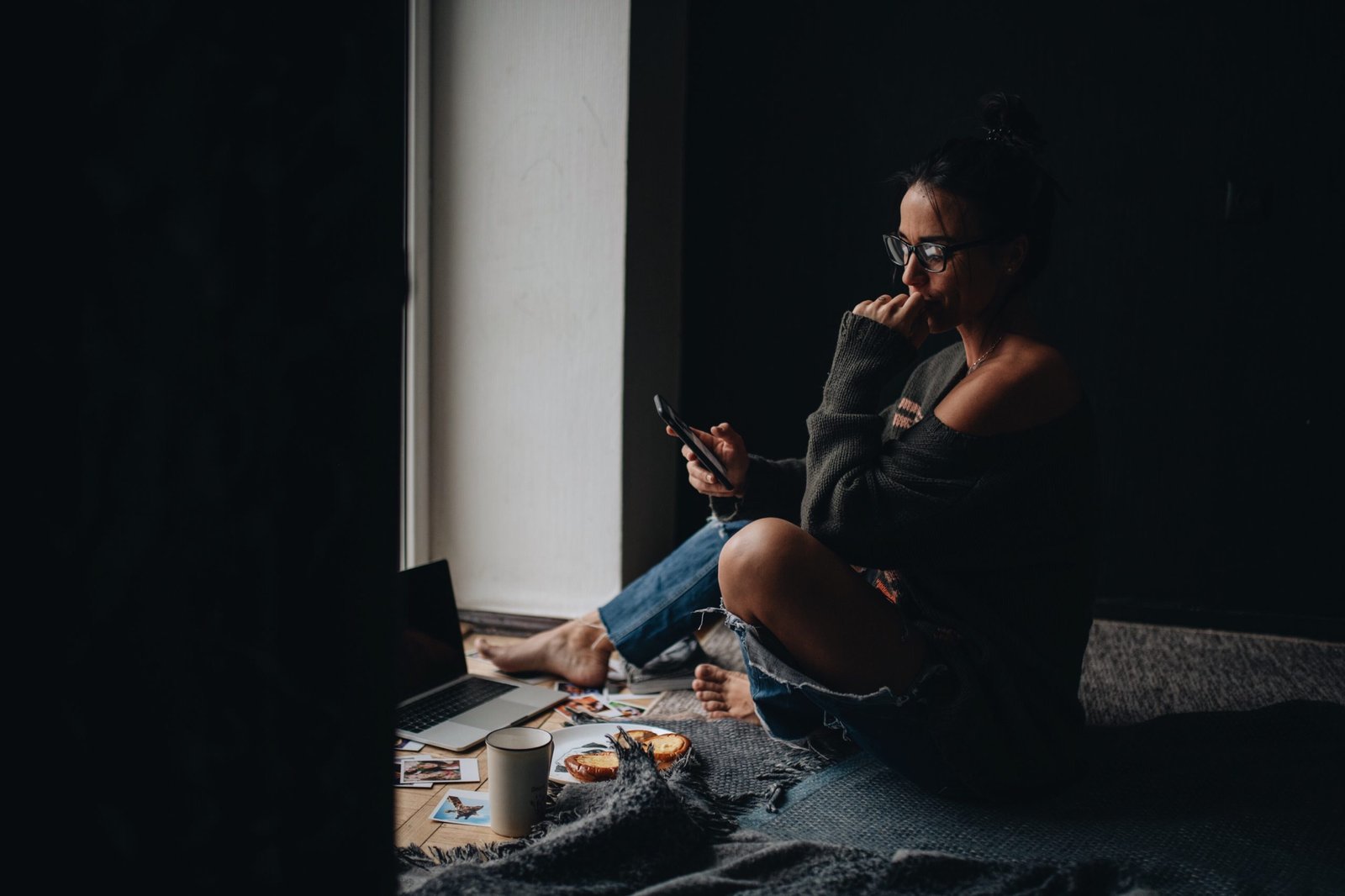
by Dr Neha | Nov 3, 2020 | All, Depression
When you’re struggling with depression, it can be a bit overwhelming to think about the right foods. However, small changes in your diet can help you to alleviate symptoms and have a positive effect on everyday life. Beyond dietary preferences and antidepressant medicine, there are a number of options that can boost your mood and benefit you. There is good proof that omega-3 fatty acids can improve depression, which you can get by consuming vegetables.
A 2017 study found that people with moderate to severe depression symptoms improved when they received nutritional counseling and ate a healthier diet for 12 weeks.
One factor that contributes to depression is a person’s eating habits that determine the nutrients they consume, some of which being trans fats and artificial sweeteners. This does not mean that you need to revise your eating habits or consume these foods, but being aware of the foods that affect your mood can help you manage depression in a better way.
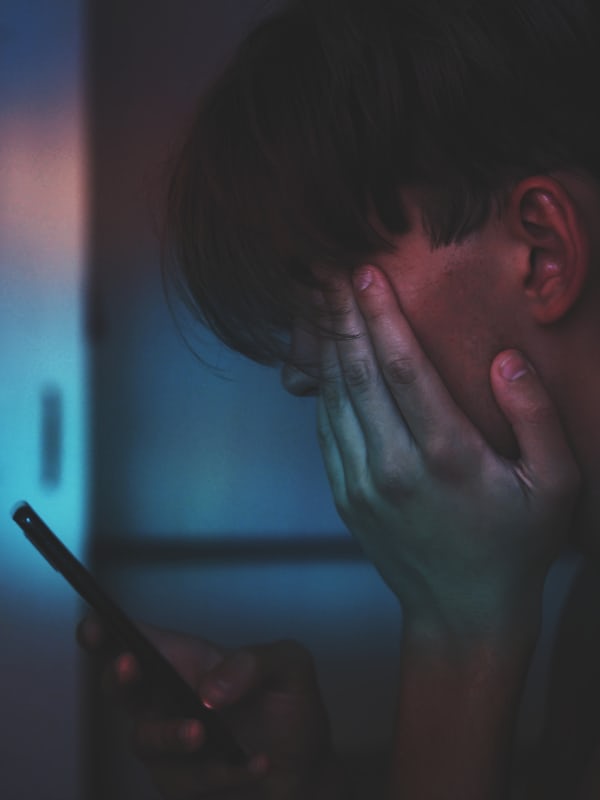
An improved diet focuses on fresh whole foods that are rich in nutrients, such as fruits, vegetables, and whole grains. One thing is certain: no added sugar, artificial sweeteners, highly processed foods, trans fats, or highly fruity corn syrup can have a negative impact on mental health and have a risk of depression. According to article sources, a high level of sugar intake makes you prone to inflammation throughout the body as well as brain inflammation which can develop depressive symptoms and affects brain health.
However, there is promising evidence that the Mediterranean diet is the best for both physical and mental health and reduces the risk of depression, even better than antidepressant medicine. A diet that focuses on fresh fruit, vegetables, and lean meat will always bring about an improvement and help to keep the blood sugar levels consistent.
Antidepressant medicine and psychotherapy are the foundation of treatment, but there is more you can do to beat depression or even the symptoms of depression. Your GP can prescribe antidepressants and help you to draw up a diet plan to help with depression, as they are also trained in counseling.
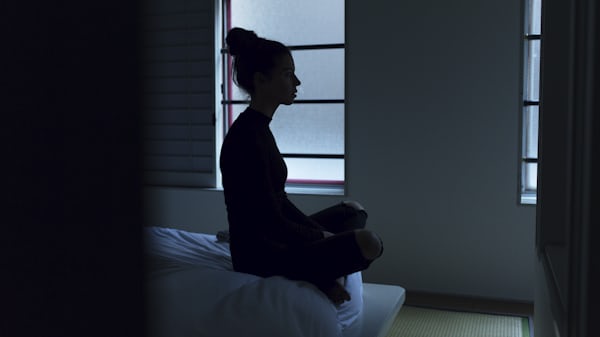
There are many healthy techniques that can help you combat depression, and some of them may be right for you. Your job now is to find out what works for you and stick to it.
Depression is usually treated with therapy and medication, but your eating habits also play a huge role in mental health and emotional health. People suffering from depression need to eat a balanced and nutritious diet, exercise regularly, and find sufficient rest and sleep to overcome depression.
According to the National Institute of Mental Health, studies have shown that certain dietary patterns can prevent or reduce the severity of depression. According to experts, while some foods are helpful for depression, there are foods that are harmful too. So, we should be aware of what food to avoid. Refined grains and other processed food like artificial sweeteners or refined sugar increases your chances of developing depression and affect your blood pressure.

We know that some of the foods we eat can trigger over-activity in our brains, which brain scans have shown is linked to depression, but the food we eat can calm this activity by promoting a more positive mood. Some foods can affect the levels of certain chemicals in the brain, such as serotonin, which helps regulate moods and contributes to happiness. Foods low in refined carbohydrates, such as rice, bread, and, pasta can cause depression as they make your blood sugar levels inconsistent.

There is growing evidence that eating targeted foods such as fruits, vegetables, whole grains, nuts, and seeds can help prevent, treat, and improve depression and other mental illnesses. Even if certain dietary plans and foods do not relieve symptoms of depression or immediately put you in a better mood, a healthy diet can. More and more researchers are concluding that eating a diet that is lacking in important nutrients for brain health can cause depression.
These are known as free radicals and can cause cell damage, aging problems, and other problems, according to the National Institutes of Health (NIH).
If you feel depressed, you are likely to instinctively reach out for comfort foods, which usually means processed treats such as refined carbohydrates, refined sugar, and glycemic foods.
Ironically, sticking to foods with lower glycemic foods can help combat depression. This is not surprising to most people; food is closely linked to mood, after all, they say that it is what you eat. Sometimes the desire for carbon is linked to low serotonin activity, but experts are not sure.

It is thought that these types of foods boost mood and have a short-term effect, but not long-term. If you suffer from mental health problems, is it possible that your diet contributes to or exacerbates your problems? Perhaps a better question would be: “Don’t you make yourself more depressed and anxious every day?”
To further explore how your diet affects your mood and functionality, consider whether the food you eat strengthens your body or not. Mental health management also includes nutritional considerations, and we all have a brain that regulates bodily functions, including mood, so we need to understand how our diet affects our brain and how it works.
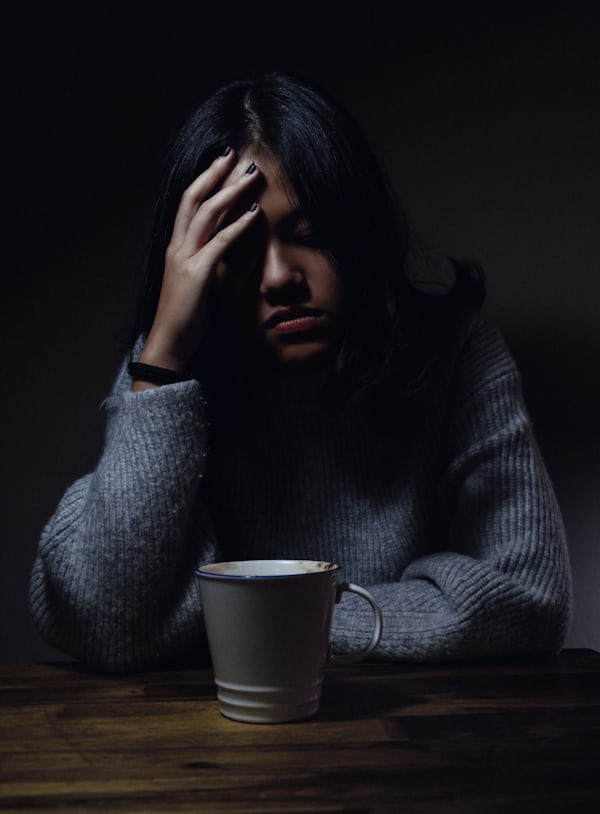
When you are coping with depression, knowing what you should not be eating can be as important as knowing what you should be eating. Unfortunately, many of these foods are what people eat in difficult times. The intake of Tryptophan provides you with an essential amino acid that helps in creating serotonin which helps you regulate blood pressure. You can get it in pumpkins or roasted chicken breasts.
Of course, most things in moderation will not stop you from doing so, but being aware of the negative impact that certain foods have on mental health can help you make better food choices. Even though you may be doing well at the moment, choosing the wrong food can make your mood and depression worse at the very next. For instance, what you may not realize is that refined sugar can affect your mood as much as your waist.























Recent Comments